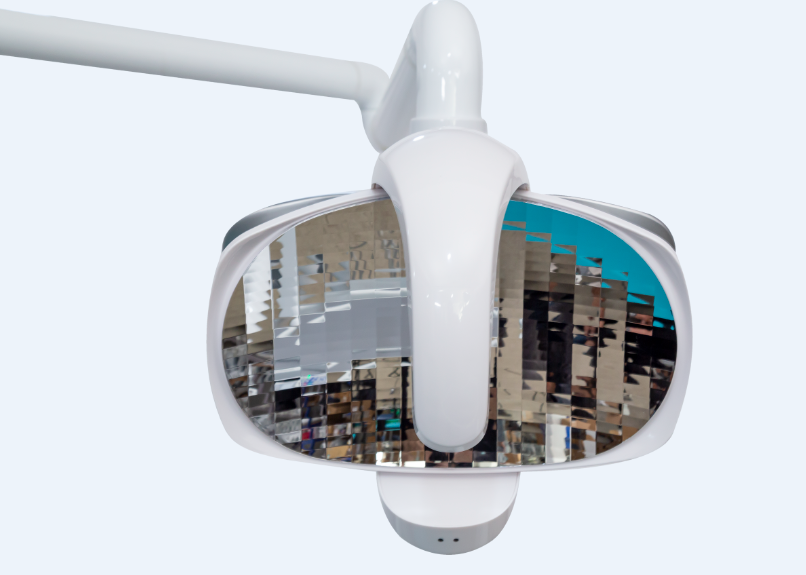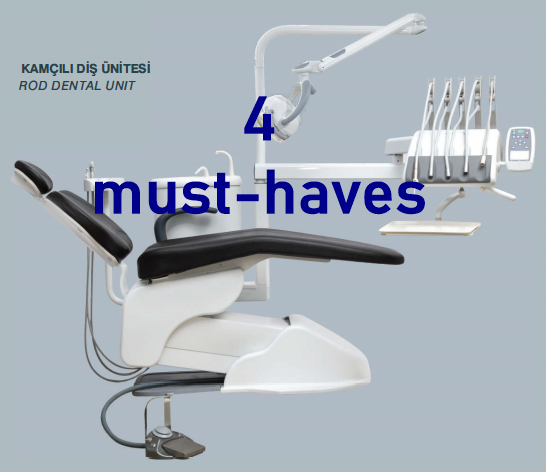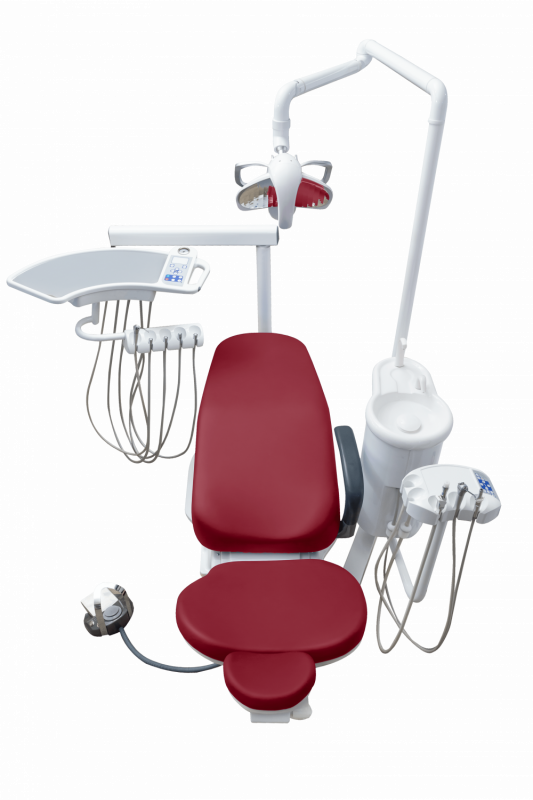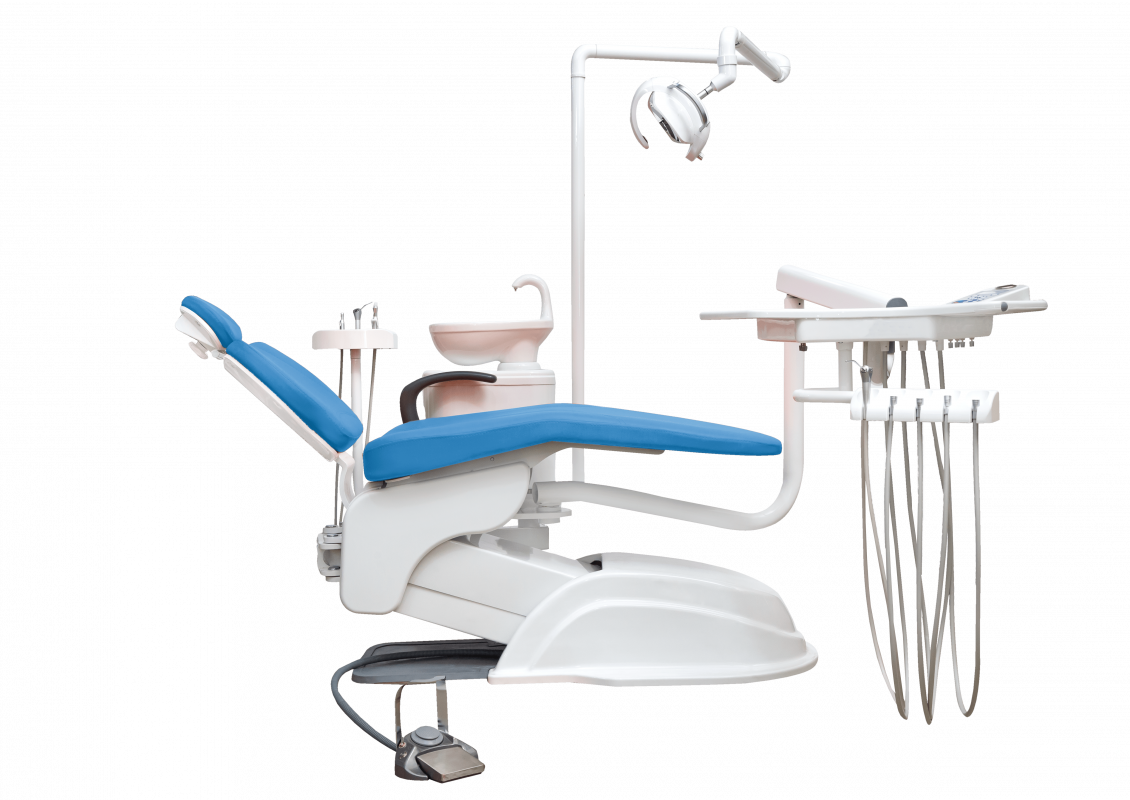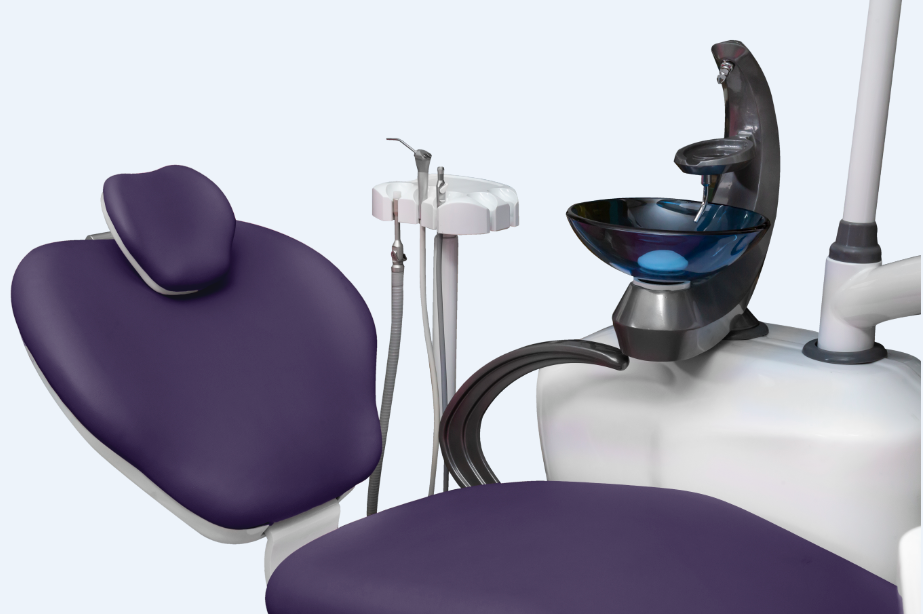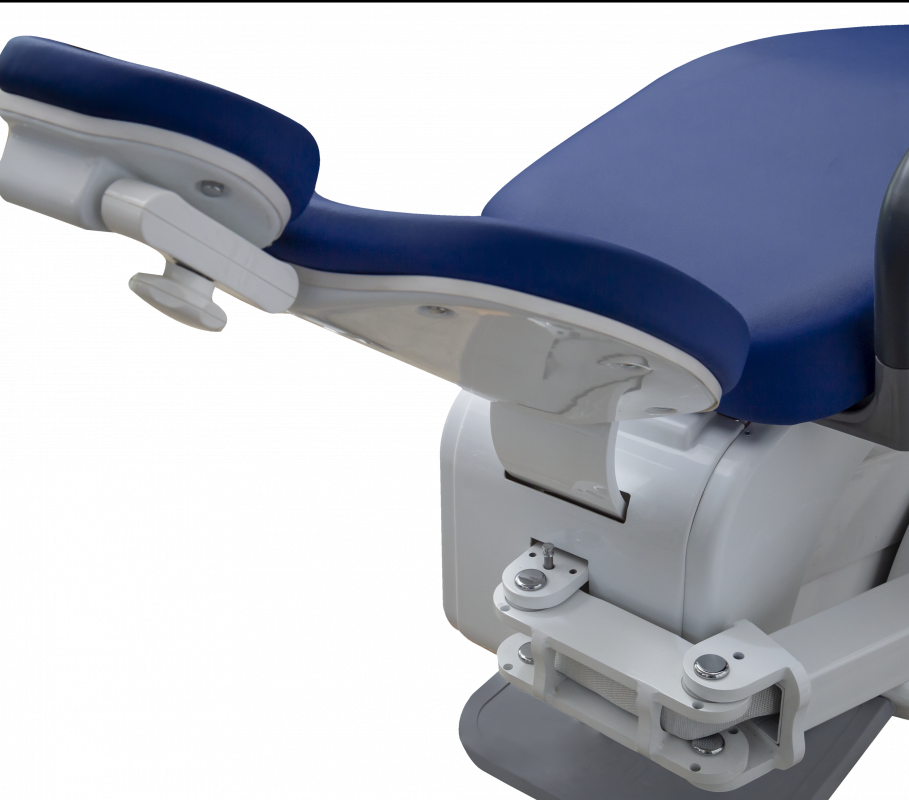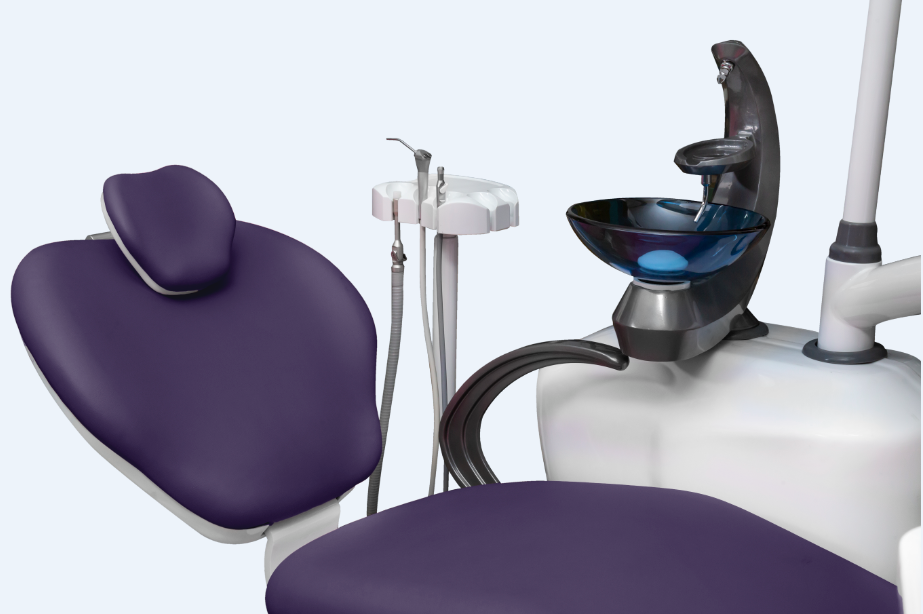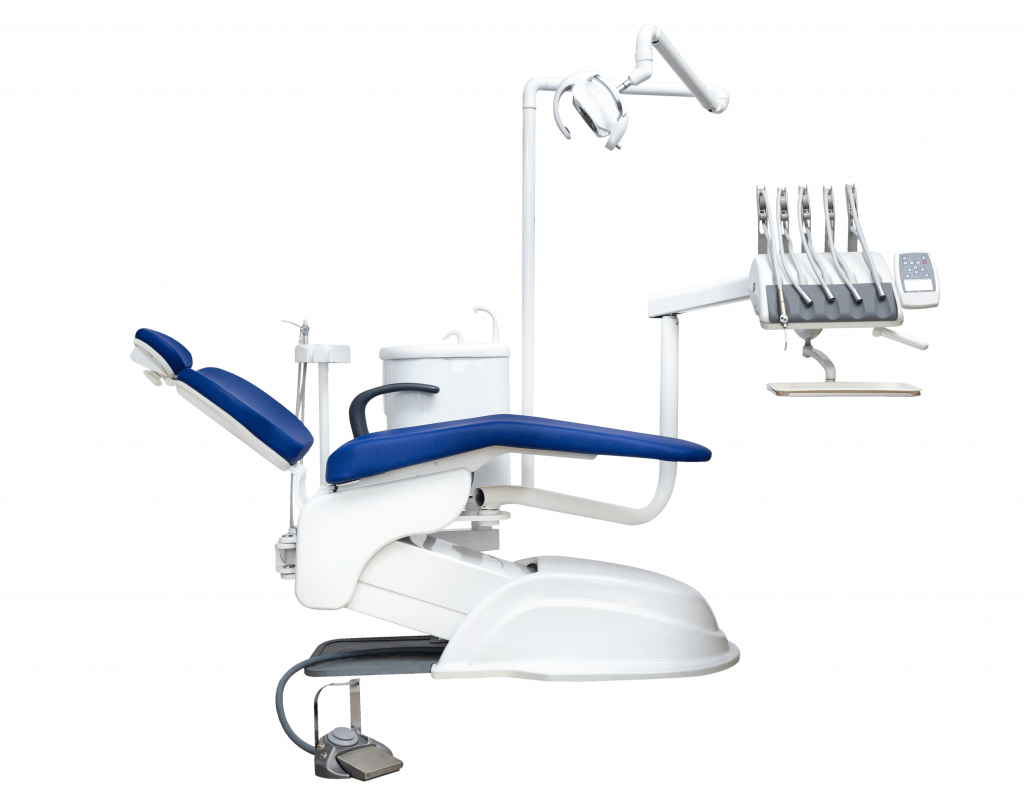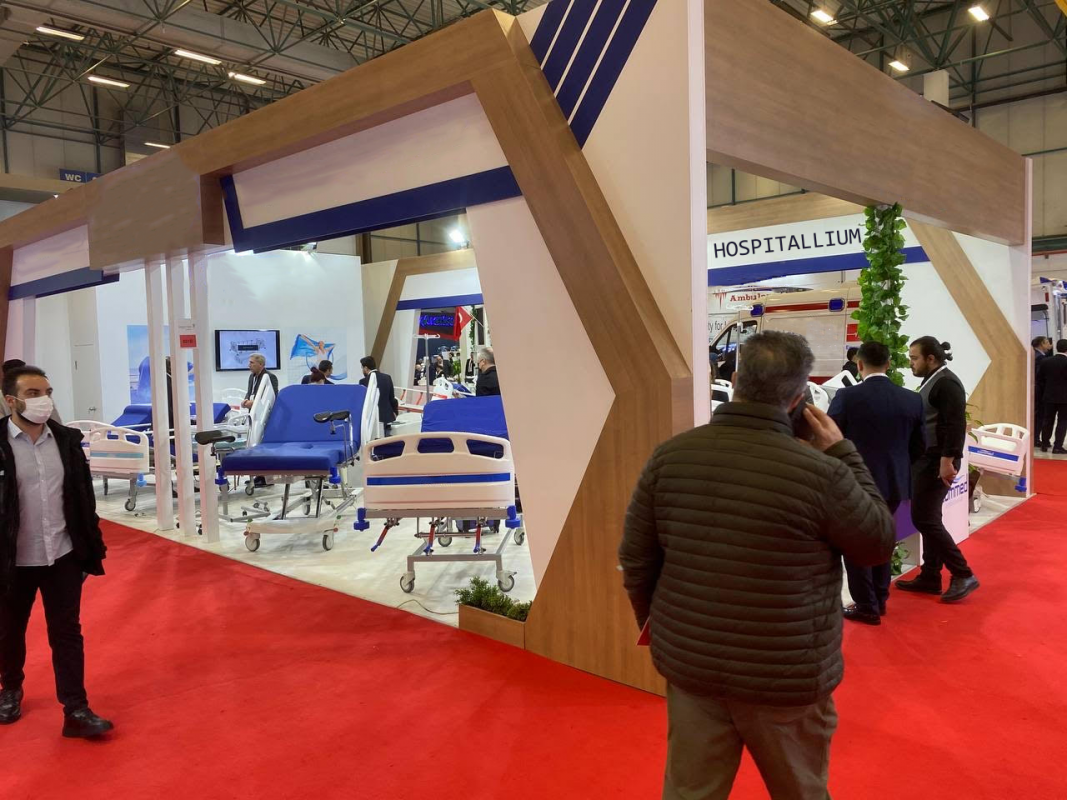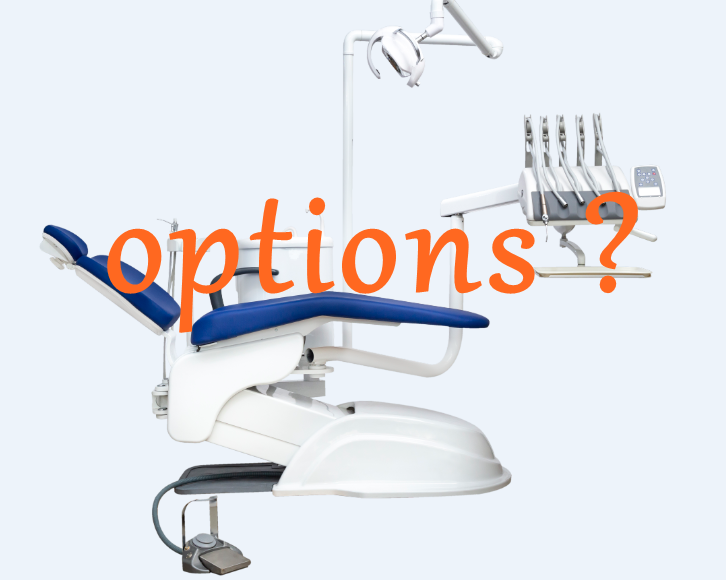How does a dental unit work? There are a few elements to consider:
Compressed air supply: dental units often use systems that require compressed air. To do this, they are connected to an air compressor or a central compressed air network. A compressor usually provides pressure at the tank outlet between 8 and 10 bar, which is too high for dental equipment. Therefore, according to the manufacturer’s recommendations, it is necessary to connect this equipment to a pressure of 4.5 to 5.5 bar, for example, by installing a pressure regulator with a potential filter at the compressor outlet. Good insulation of the dental practice is very important. Click here to reach our blogs
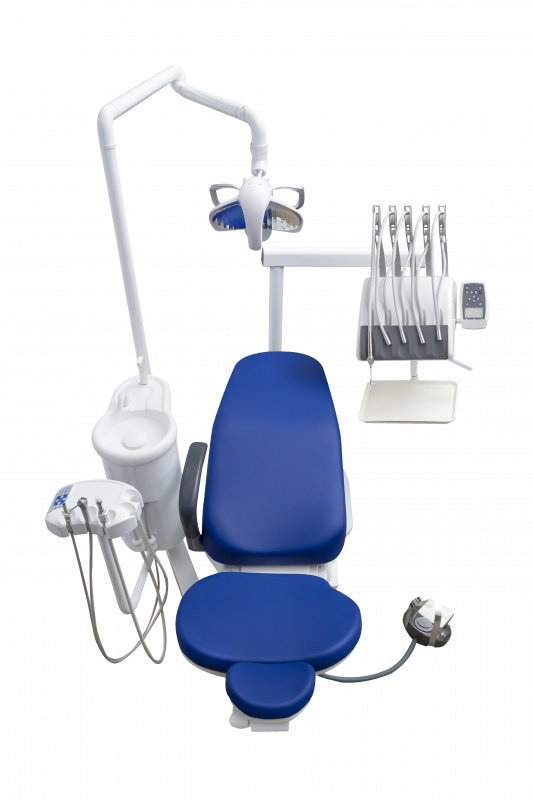
Water source: dental units must also be connected to a water source for rinsing, cleaning and cooling functions. Water can cause many problems in dental units such as scale, sand, mud, rust or chlorine.
How does a dental unit work?
Power source: Some components of a dental unit and instruments used during treatment require a power source. For example, micromotors or some dental chairs will need to be connected to the power supply to operate.
Ergonomics: How the unit components (such as the seat or tool holder) move is important. Studies show that working with an instrument tray placed on the articulated arm above the patient’s chest is the best way to maintain a well-balanced position to view all tooth surfaces. The dentist or assistant chair should also be lower than the patient chair. In this position, the dentist’s spine maintains its natural curvature, which prevents prolonged pressure on the intervertebral discs.
How does a dental unit work?
Hospitallium has been Turkey’s leading manufacturer of dental chairs and other medical equipment since 2005.
If you are looking for the best dental equipment supplier in Turkey, look no further than Hospitallium Hospital Furnitures.




